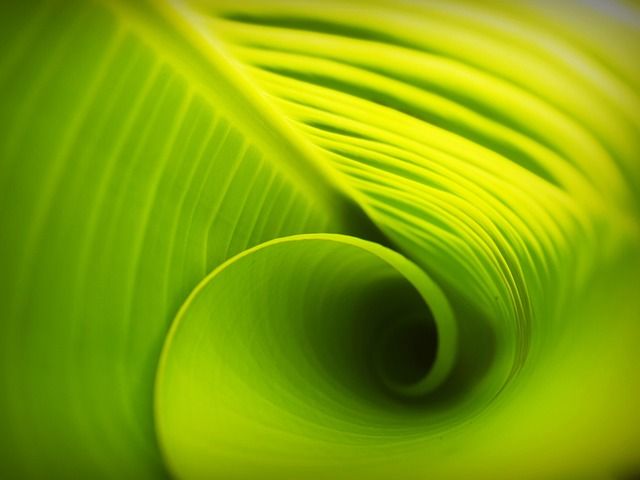Epoxy Resins Boosted with Nanotechnology and Banana Leaves
Has this research found a new, natural, and sustainable raw material for improving epoxy resins?

Epoxy resin composites may have found an unlikely new raw material to improve strength, flexibility, and impact strength through the addition of nanotechnology and pineapple leaves.
The discovery comes from an international team of material scientists from Thailand, France, and Singapore who analysed the impact that tiny cellulose nanofibers (CNF) had on the properties of epoxy resin.
In their research, the team decided that they would keep the quantity of long pineapple leaf fibres (PALF) consistent at 20% of the mixture but would vary the amounts of epoxy and nanofibers (at 1%, 3%, and 5% of the composite) to make comparisons on the impact of those raw materials. The team also tested control mixtures of epoxy resin reinforced with only cellulose nanofibers (CNF), epoxy mixed with only PALF, and an epoxy mixture of both CNF and PALF.
All composites were assembled in layers by hand.

The results were truly impressive, as the online journal Asia Research News explains, reporting that, “… [with] just 1% CNF, the impact strength of the epoxy skyrocketed to approximately 115% compared to using epoxy alone.” Yet increasing the quantity of CNF to 3% and 5% reduced impact strength to a level similar to using an unaltered epoxy mixture.
Furthermore, the team found that both the flexibility and strength of the composite increased considerably when the epoxy contained banana leaf. Specifically, “The flexibility improved by about 300%, while the strength increased by an astonishing 240% compared to using epoxy alone. [However] the impact strength … surged to an incredible 700% compared to using neat epoxy!”
But the addition of nanofibers gave results that may have repercussions across the fields of both material science and manufacturing, as the inclusion of just 1% CNF boosted impact strength by 220% compared to an epoxy resin composite with 20% banana leaf. If compared to a neat epoxy resin, the inclusion of 1% CNF increased impact strength by 1,520%.

The full results have now been published in the journal Nanomaterials, where the researchers state that, “The [CNF, and PALF] technique offers great enhancements in stiffness, strength, and toughness to the epoxy matrix. Being very small, incorporation of CNF is limited to very low loading, yet the amount of only 1 wt.% was found to be very effective in improving the impact strength while having very little effect on flexural properties.” Further explaining how, “This is due to the ability of CNF to change the failure mechanism, at high speed, of the epoxy matrix. The PALF, on the other hand, allows much greater content to be incorporated with ease, and, hence, both flexural properties and impact could be significantly improved. By combining both CNF and PALF together, spectacular improvement in toughness is obtained.”
Composite manufacturers have long known of the significant impact that specific raw materials can have and how a material’s properties can be enhanced with their expert and precise application. For the last twenty years, the use of nanomaterials in these composites has seen remarkable growth as their influence on strength, flexibility, impact strength, electrical conductivity, UV protection, chemical resistance, crack resistance, and even thermal conductivity has been proven.

The findings of this latest research will further promote the case for including nanotechnology in epoxy resins, while also adding the use of banana leaves as an alternative feedstock. When combined, these unusual industrial ingredients have the potential to revolutionize the development of stronger, more durable materials in various industries.
“This is a result of the synergistic effect of CNF [nanofibers] and PALF [banana leaves],” conclude the research team. A breakthrough which, “… could lead to greener, more sustainable, and more cost-effective materials for demanding applications.”
To learn more about how nanomaterial can be used as a raw material to improve the properties of epoxy resin, visit: NANO CHEMI GROUP.
Photo credit: Rupert Kittinger-Sereinig from Pixabay, 41330, Freepik, & Macrovector

